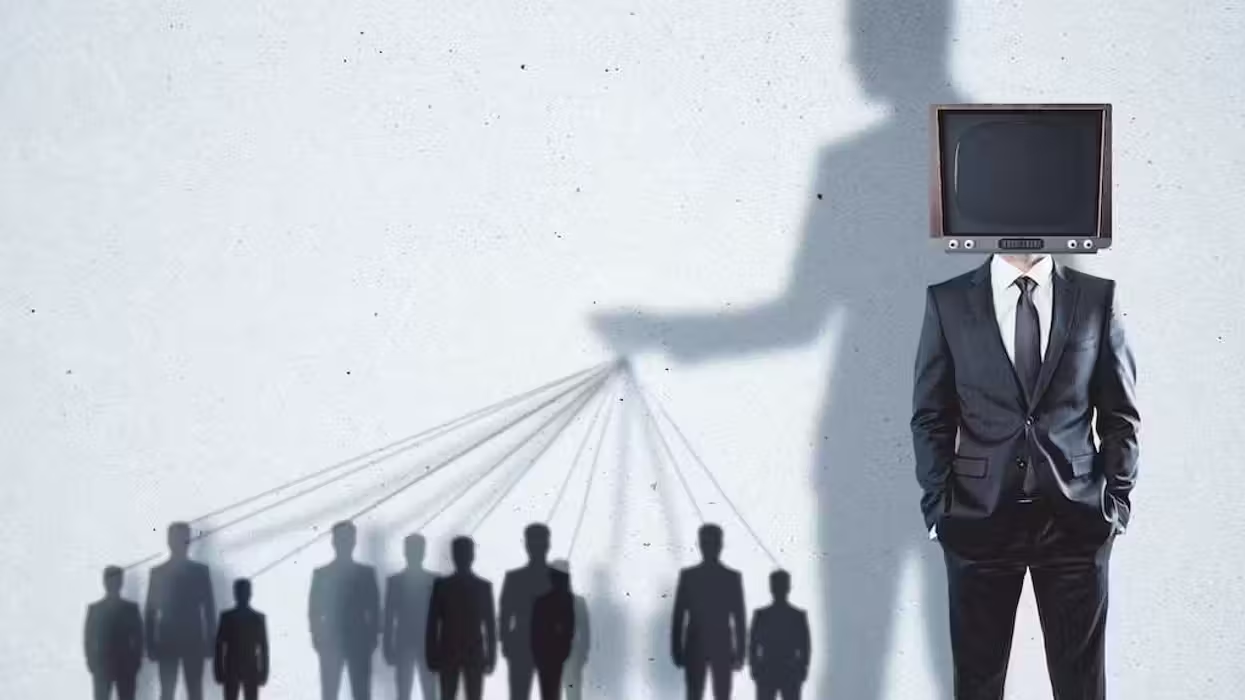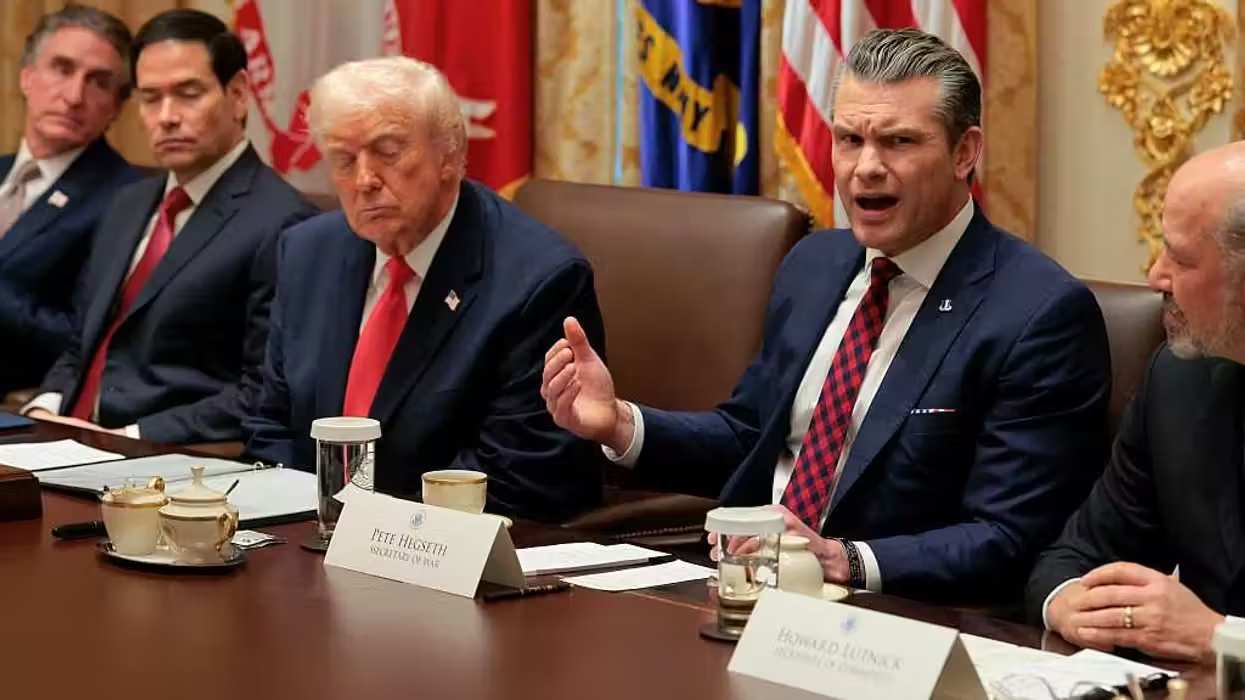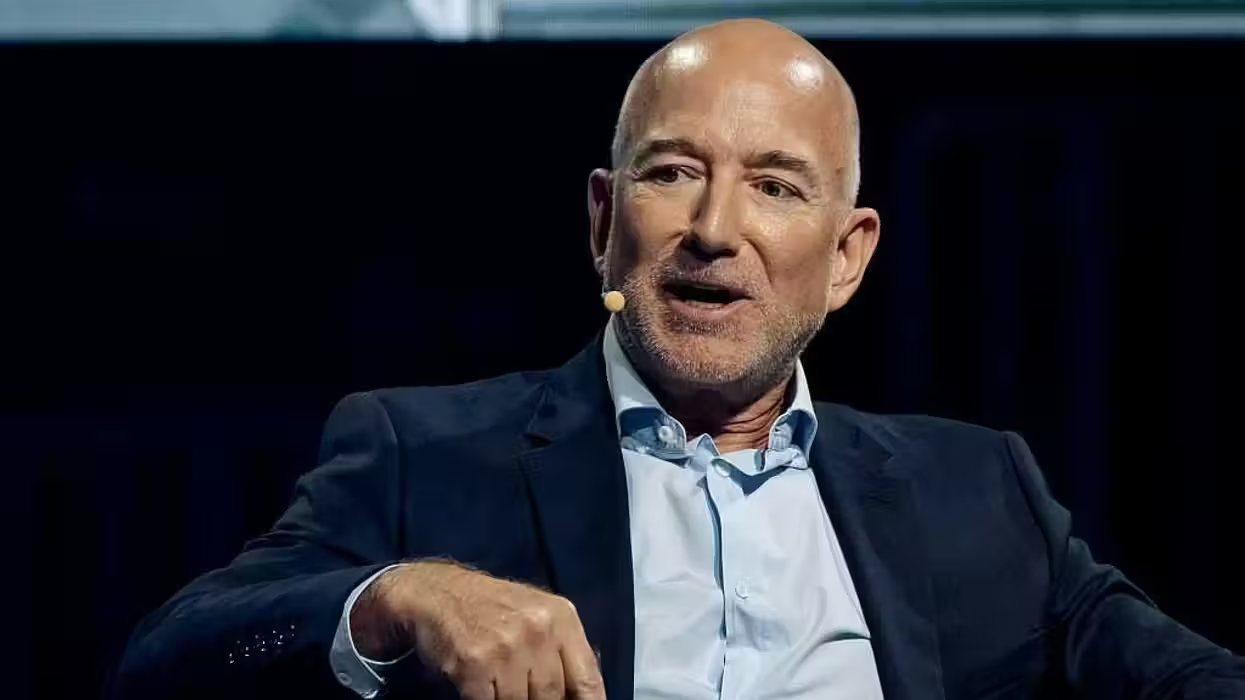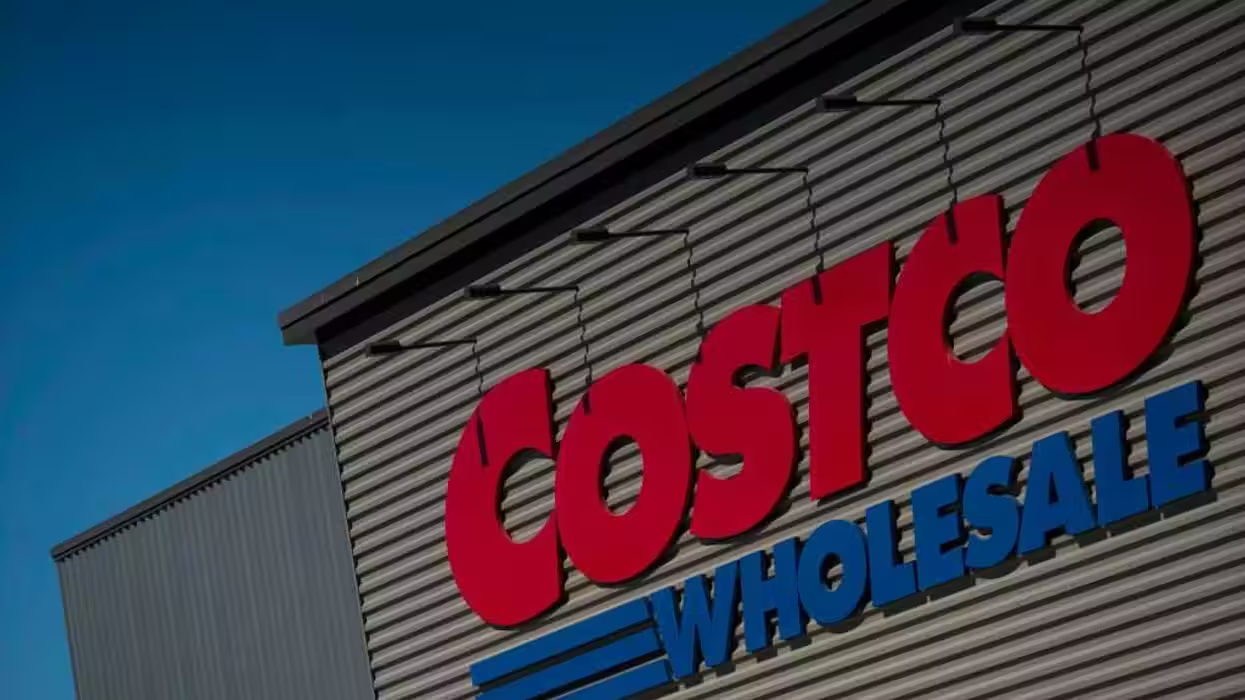
© 2025 Blaze Media LLC. All rights reserved.
"...you can start to make more intelligent guesses of what a person is doing. "
 There is a new player in the ever controversial location tracking game. Amazon gained patent for a program that would track where users go with mobile devices and use such information to predict where they'll go next in order to best target them with personalized ads and coupons, according to CBS MoneyWatch (via CNET).
There is a new player in the ever controversial location tracking game. Amazon gained patent for a program that would track where users go with mobile devices and use such information to predict where they'll go next in order to best target them with personalized ads and coupons, according to CBS MoneyWatch (via CNET).
Erik Sherman for CBS reports that Amazon joins Google, Apple and Microsoft with its patent that went through last week. Sherman has more on what Amazon's program would do:
The system calculates a path and then predicts a set of likely next destinations. Then the system takes bids from third parties that want to send marketing messages to displays along the route the person takes, probably monitoring speed and direction to time displays for maximum chance of visibility.Additional claims make clear that the ad could also go to the mobile device -- including a message to tell the person to look over at a particular display. Shades of a science fiction story (or Minority Report), where personalized ads follow and appear on public displays wherever you go.
Sherman reports that in tracking location, this could mean specific stores inside of a mall. (Earlier this year two malls tracked smartphone signals to evaluate customers movement through the mall and what they seemed to like/dislike.)
Amazon's patent states "mobile device users' current and past travel patterns may be analyzed to determine a predicted next destination. For instance, by analyzing the recent movements of a mobile device user among stores in a shopping mall, it may be determined that a particular store is a predicted next destination for the mobile device user."
Amazon gives the example of providing coupons, or the like, if the program senses a person is in a certain store. As Sherman sums it up, here's where it gets a bit creepy:
Location ties to function. If you know what sort of establishment is at a spot, you can start to make more intelligent guesses of what a person is doing. The more stops, the more chances of putting together a picture of what a person is doing. And if you store this data over time, you might build a more complete picture.Now consider where the ads might show up. It's not hard to imagine Amazon trying to partner with retailers that have TVs, computer monitors, digital signs, or other ways of displaying advertising.
Amazon's approach is more sophisticated than the usual proximity marketing, where a person's location would trigger messages for nearby businesses. Maybe GPS provides the location, or maybe cell tower triangulation, according to the patent.
Sherman reminds us that this is just in a patent stage and that there is the possibility that the company may never decide to create and use the program.
Want to leave a tip?
We answer to you. Help keep our content free of advertisers and big tech censorship by leaving a tip today.
Want to join the conversation?
Already a subscriber?
more stories
Sign up for the Blaze newsletter
By signing up, you agree to our Privacy Policy and Terms of Use, and agree to receive content that may sometimes include advertisements. You may opt out at any time.
Related Content
© 2025 Blaze Media LLC. All rights reserved.
Get the stories that matter most delivered directly to your inbox.
By signing up, you agree to our Privacy Policy and Terms of Use, and agree to receive content that may sometimes include advertisements. You may opt out at any time.






